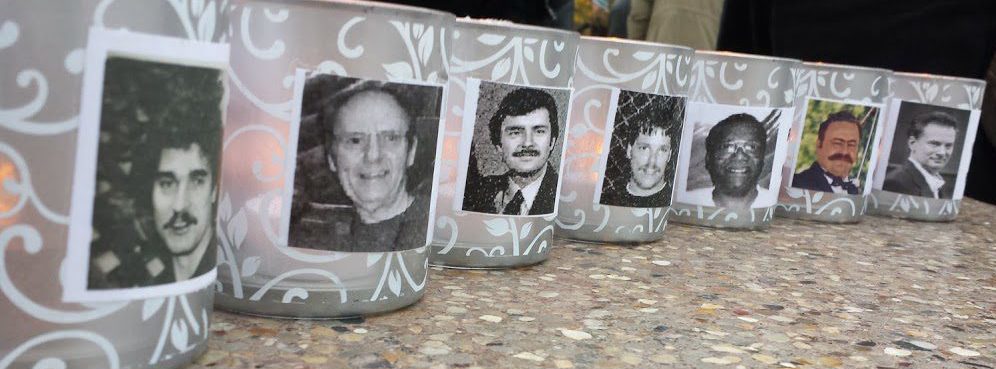Continuing on with this astonishing story, the revelations began as I navigated the Innocence Project of Minnesota website. I had clicked on the page that lists movies and books depicting wrongful conviction cases. I noticed one book that had been added recently. Its title read, The Road to Freedom; Strangers Restore Justice for an Innocent Man, by Trudy Baltazar. Hmmm…interesting. Similar to the kind of activity I was engaging in with the Wisconsin Monfils case. I read the paragraph next to the book image and saw that it was about the famous Toyota case which happened here in Minnesota. I was intrigued and wanted to find out if the author was local. I did a search. It appeared that she not only lives in Minnesota but lives close to where I live. Wow. I wondered why I wasn’t aware of what she was involved in. I decided to search for her online because she was definitely someone I wanted to meet. I found a link to purchase her book. I ordered a copy which also prompted me to highlight Mr. Lee’s case that month for my exoneree series.
A crucial detail I learned about Mr. Lee’s case was that approximately thirty-three months after he was imprisoned, an attorney filed a request for an evidentiary hearing. The purpose of this hearing was for the judge to rule on whether or not to grant him a new trial based on new evidence that had come to light. The hearing was granted, but then according to Trudy’s book, this happened:
“Upon hearing a news broadcast in St. Paul, Minnesota about a husband/father who was wrongfully imprisoned after he drove a car that suddenly accelerated and killed three people, Trudy Baltazar felt compelled to act. She didn’t know the man and she didn’t know the victims but she felt something wasn’t right when the county attorney opposed a new trial even though there was new evidence and 44 new witnesses”.
Trudy had organized a rally in front of the Ramsey County Courthouse. She contacted the local media but one reporter privately contacted her to ask if she would be interested in doing an interview. Trudy was warned that she would be on the front page of the St. Paul Pioneer Press and as it turned out, the article appeared on a Monday, the same day as the rally was to be held. The rally was an overwhelming success with people from all ethnic backgrounds and walks of life showing up to voice their concern over this opposition. All of the major local TV stations were there and Trudy was interviewed by each of them. Big news in Minnesota and in my neck of the woods! But where was I?
This rally had taken place in the summer of 2010. After thinking about the timing it occurred to me that this was the same time frame in which I was heavily involved in advocating for the five Wisconsin men. I’d been making numerous trips to Green Bay to gain our own attention concerning those convictions. We were embroiled in our own controversy as I pushed for a risky and bold move, to stage our own rally in Downtown Green Bay near the Brown County Courthouse.
Our rally had to happen on October twenty-eighth; the same date as when the guilty verdicts were handed down in 1995. The press surrounding the Monfils Conspiracy book was starting to wane and the pressure was on to keep the momentum going about this injustice. A rally was the only way to get the necessary attention. We could not afford to allow this opportunity to slip away. Until now, no one had pursued a rally and I felt it was imperative we bring this activity into the forefront.
Trudy states in her book that she’d been innately compelled to do something big, though she didn’t know what. How ironic it is for two determined women with essentially the same motivations to simultaneously be inspired. What’s more, to share in a similar event that would cause a shake-down of an entire law enforcement community in two separate states? Whew! You cannot predict something like that.
Well…Trudy and I became good friends. I admire her because of her selfless actions to help an innocent man; a man who is now free partly due to her actions. Trudy succeeded in doing something that few are able or willing to do. For this reason, I asked her to speak at one of our car shows to tell her story.
Trudy works full time but stays in contact with Koua’s family. She remains an advocate for others in matters concerning the unintentional acceleration issue. I continue to work on what my legacy will be. How fortunate for two gutsy women leading their own charges in the abolition of wrongful convictions, to cross paths. We stay connected and lend support for each others’ efforts to make a difference for those whose voices have been silenced and forgotten.
Lastly, when I wrapped my mind around all I had learned, another thing hit me like a Mac truck. A few years back, when I was parking my 1999 Toyota behind a restaurant, it proceeded to do the exact same thing as Mr. Lee’s. It unintentionally accelerated at an unbelievably high speed despite my efforts of putting pressure on the brake! Luckily, I was able to shut the ignition off which immediately halted the acceleration. This incident had essentially slipped my mind because, unlike in Koua’s case, my experience did not result in anyone’s death.
